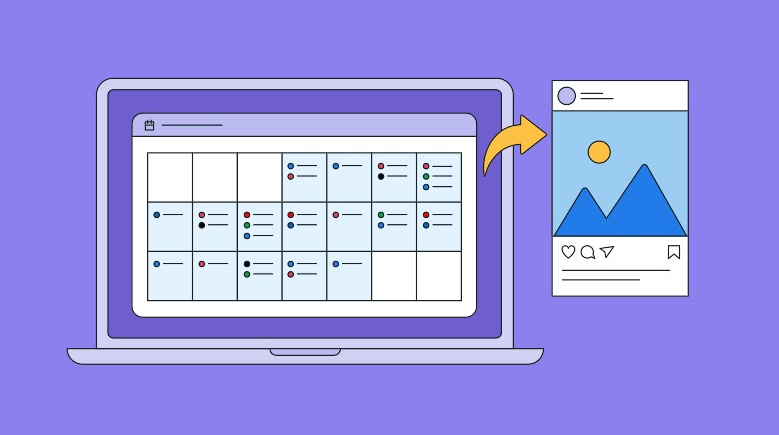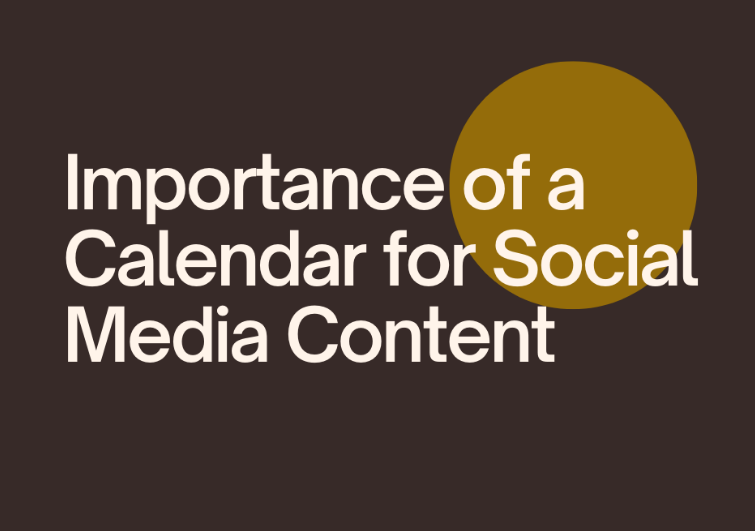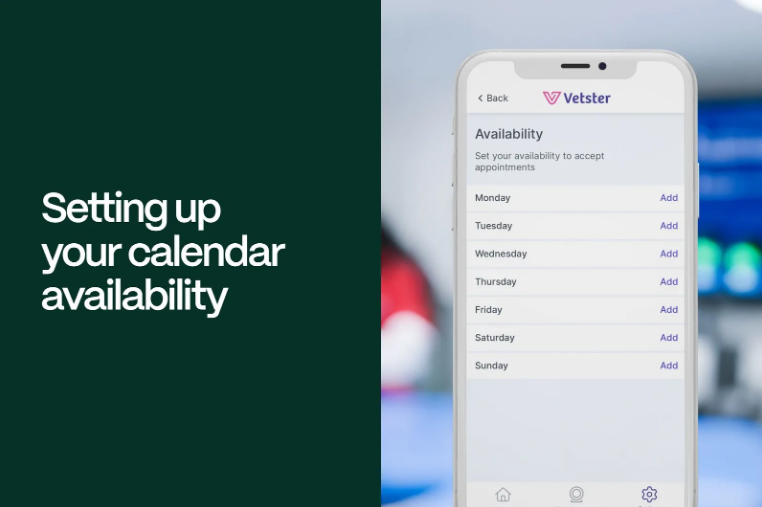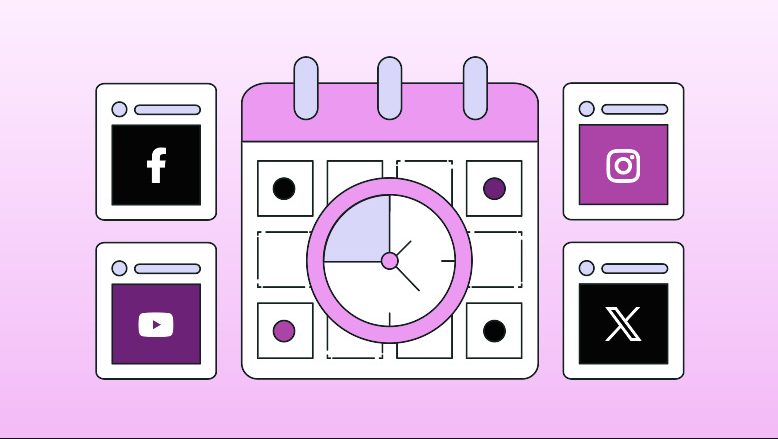As we step into 2024, the importance of a content calendar is increasing. An organized calendar plays a key role in the success of your marketing strategy. Through a calendar you can easily schedule, organize and execute your efforts appropriately.

This guide will explain everything you need to know about how to make a winning content calendar.
Table of contents
Understanding Content Calendar
A content calendar is a strategic tool used to plan, organize, and schedule content creation and publishing across various platforms. It helps ensure consistent content delivery, aligns with marketing goals, and enhances audience engagement by providing a clear timeline for posts, articles, and campaigns.
Importance of a content calendar
Content calendar helps in planning, organizing, and scheduling content effectively. It ensures consistency, saves time, enhances collaboration, and aligns content with marketing goals, making it easier to track performance and adjust strategies as needed.

| Point | Explanation |
| Ensures Consistency | Maintains a regular posting schedule, helping to build and retain audience engagement. This reliability fosters trust and loyalty. A consistent presence keeps your brand top-of-mind. |
| Saves Time | Streamlines the content creation process, reducing last-minute rushes and improving efficiency. By planning ahead, you can allocate resources better. This leads to a smoother workflow. |
| Enhances Collaboration | Facilitates teamwork by providing a clear plan, making it easier for teams to work together. A shared calendar improves communication. It ensures everyone is on the same page. |
| Aligns with Marketing Goals | Ensures content supports overall marketing objectives, improving campaign effectiveness. By aligning content with goals, you can target your audience more accurately. This enhances ROI. |
| Tracks Performance | Helps monitor content performance, enabling timely adjustments to improve results. Analytics from the calendar can highlight trends. This data-driven approach refines your strategy. |
How to Create an Effective Calendar
These days you have various tools to create a content calendar and move forward to your success. These include Google Calendar, Trello, Asana, and CoSchedule offer features that make it easy to schedule, organize, and track your content.
Content Audit
Before planning new content, review what you already have. A content audit helps you identify what’s working, what needs improvement, and what gaps exist. This ensures you build on your strengths and address any weaknesses in your current content strategy.

Look for topics that haven’t been covered yet or areas where your content could be expanded. Identifying these gaps will help you create a more comprehensive and engaging content plan.
Planning Your Content Topics
Content pillars are the main themes that your content will revolve around. These should align with your brand’s goals and audience interests. For example, a fitness blog might have pillars like workouts, nutrition, and mental health. Once you have your content pillars, brainstorm specific topics under each pillar.
Setting Up Your Calendar
Decide whether you want a monthly, weekly, or daily calendar. A monthly view can help you see the big picture, while a weekly or daily view allows for more detailed planning.

Organize your calendar with columns for different types of content, such as blog posts, social media updates, and newsletters. This structure will help you see at a glance what’s coming up and ensure a balanced mix of content.
Content Scheduling
Determine how often you want to post content. This could be daily, weekly, or bi-weekly, depending on your resources and audience preferences. Consistency is more important than frequency, so choose a schedule you can maintain. Research the best times to post for your audience.

Assigning Responsibilities
If you have a team, assign specific roles such as content creator, editor, and social media manager. Clear roles ensure accountability and streamline the content creation process. Delegate tasks based on team members’ strengths and expertise. This not only improves efficiency but also ensures that high-quality content is produced consistently.
Mistakes to Avoid
Avoid these mistakes when creating a content calendar: neglecting flexibility, failing to align content with business goals, overlooking audience preferences, ignoring analytics, and not planning for holidays or special events. A rigid calendar stifles creativity, misaligned wastes resources, ignoring analytics misses optimization opportunities, and lack of event planning leads to missed engagement chances.
Additionally, avoid overloading your schedule, as it can lead to burnout and subpar content quality. Ensure consistent communication with your team to stay on track.
Read more: How to Optimize Your Website for Mobile in 2024
FAQs
A content calendar is a tool used to plan, organize, and schedule creation and publishing across various platforms.
It ensures consistent content delivery, saves time, enhances collaboration, aligns content with marketing goals, and helps track performance.
You should update your calendar regularly, ideally on a monthly basis, to keep it relevant and aligned with your marketing strategy.
Tools like Google Calendar, Trello, Asana, and CoSchedule are popular for creating and managing content calendars.


